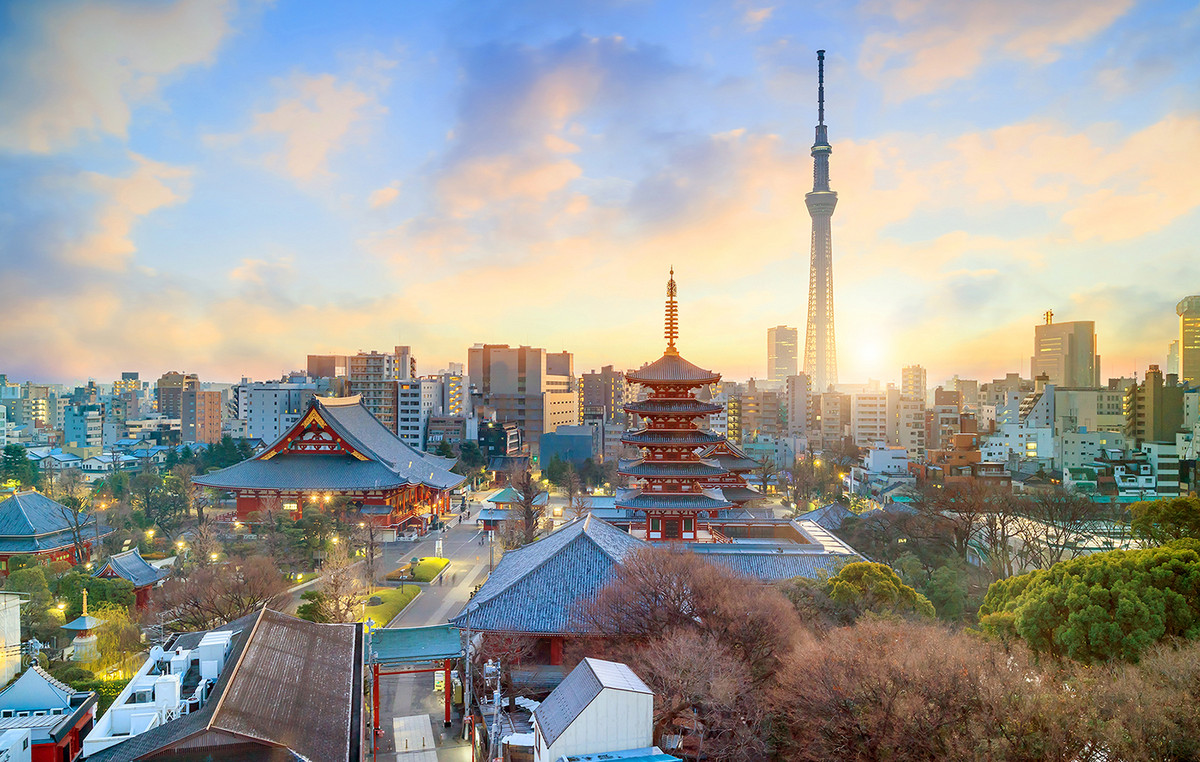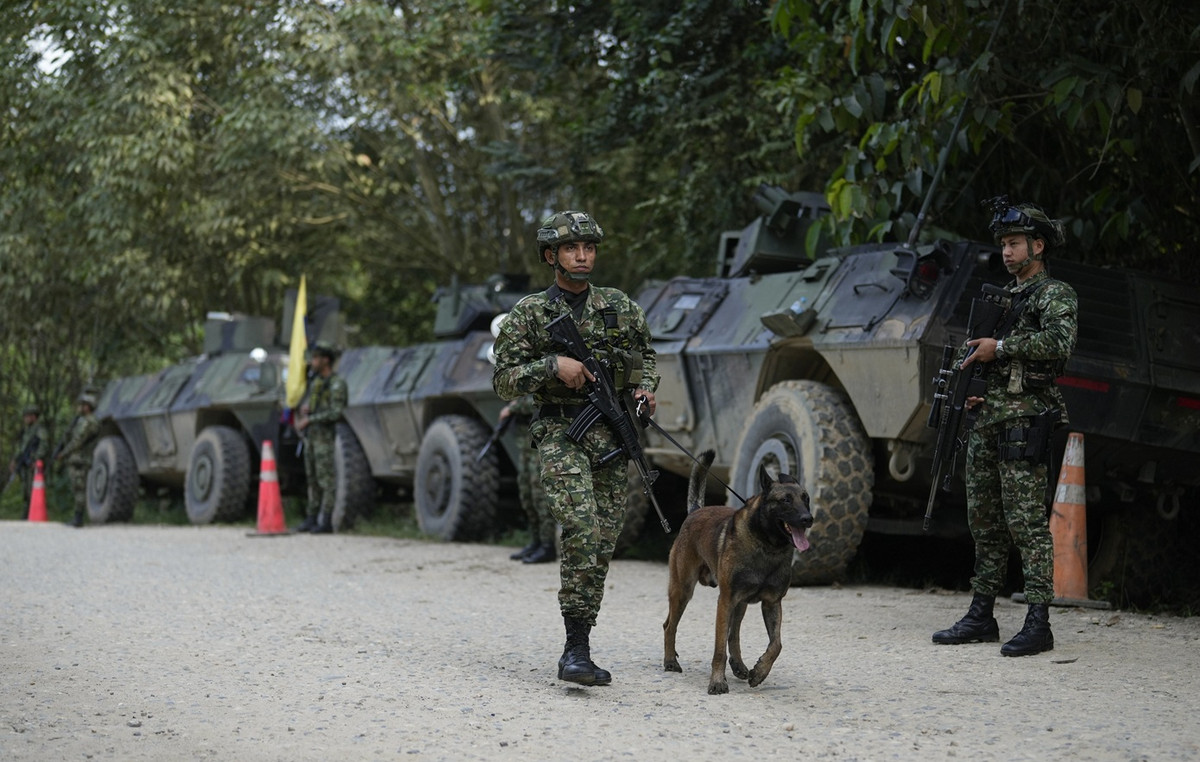The consumption of electricity in November in Brazil was the highest for the month in the entire historical series, since 2004, reaching 41,940 gigawatt-hours (GWh), reported the Energy Research Company (EPE) this Thursday (30). Consumption increased 1.4% compared to the same period in 2020, reversing the retraction presented in October.
Commerce and industry performed well and pushed for expansion, according to EPE. In 12 months, consumption totaled 499,361 GWh, an increase of 5.3% compared to the previous period. The free market showed a high of 8.2% in consumption last month, while captive consumption by electricity distributors retracted 2.5% in November, informed the EPE.
Industry
Electricity consumption in industry rose 3.9% in November, compared to the same period in 2020, recording 15,357 GWh, the highest for November since 2014. With the exception of the South (+0.1%) in stability, all regions Geographical regions presented growth in industrial consumption, with highlights for the Northeast (+8.2%) and North (+8.0%) which registered the greatest expansions, followed by the Southeast (+3.7%) and Midwest (+3 .6%). Among the states, Alagoas (+34.4%) still stands out with the highest rate, due to the low base effect in the chemical sector.
Eight of the ten most electro-intensive industry segments increased consumption in November 2021 compared to 2020. Leading the expansion: metallurgy (+253 GWh); extraction of metallic minerals (+133 GWh), leveraged by the resumption of activity in Minas Gerais and Espírito Santo; food products (+122 GWh); chemical products (+89 GWh) and Pulp and Paper (+85 GWh).
The increase in the volume of exports by the Manufacturing Industry contributes, in part, to the results, informed the EPE. According to Foreign Trade Secretariat (Secex) do Ministry of Economy, the main products exported by the sector in the month were poultry meat, vehicles for transporting goods and cellulose.
There was also growth in exports of steel products. Scheduled and unscheduled stoppages in some large industrial consumers during the month of November also interfered in the result of some sectors, such as: chemical products, limiting the expansion of consumption in the month; and paper and cellulose, which purchased more energy from the interconnected system.
Business
Commercial class electricity consumption was 7,549 GWh, representing a 5.6% growth in November 2021 compared to November 2020. The retail sales sector, driven by Black Friday promotions during the month of November , and the sector of services provided to families, in particular accommodation and food, contributed to the increase in the consumption of electricity in the class.
The advance of vaccination against Covid-19 in the country has had an impact on improving the performance of the trade. All regions registered growth in the consumption of this class. The Northeast region (+12.2%) registered the greatest expansion, followed by the South (+7.6%), North (+4.6%), Southeast (+3.7%) and Central region. West (+1.2%). Among the Federation Units, the highest consumption rates of commerce in the Country were registered in Amapá (+33.1%), Bahia (+20.5%), Rio Grande do Norte (+19.8%) and Rio Grande South (+18.1%). On the other hand, Rondônia (-8.3%), Mato Grosso (-7.1%), Acre (-6.6%), Rio de Janeiro (-4.1%) and Mato Grosso do Sul (-1 .1%) were the only states that registered retraction in consumption.
Residential
Residential class electricity consumption dropped 3.1% in November this year compared to the same month last year, recording 12,386 GWh. The Southeast, Northeast and Center-West regions were affected by milder temperatures and higher rainfall, contributing to the drop in household consumption in November 2021.
The federal government’s Voluntary Reduction of Electric Energy Consumption Program and the adoption of the Water Scarcity Tariff Flag, in force since September, may also have influenced the reduction in electricity consumption in this class. The Midwest region (-6.6%) was the one that had the biggest drop in consumption. Followed by the Southeast (-5.4%), Northeast (-0.6%) and lastly, the South (-0.3%).
EPE highlighted, however, that if the adjustment by the billing cycle of distributors in the region is considered, consumption would have been slightly positive in the South (+0.6%). The North region (+3.6%) was the only one that showed an increase in consumption. The States that presented the biggest falls were: Mato Grosso (-16.6%) and Rio de Janeiro (-10.4%). The highest rates of consumption expansion were registered in Roraima (+23.9%) and in Amapá (+22.6%). Amapá was under the low base effect due to the blackout that occurred in November last year.
Reference: CNN Brasil
I am Sophia william, author of World Stock Market. I have a degree in journalism from the University of Missouri and I have worked as a reporter for several news websites. I have a passion for writing and informing people about the latest news and events happening in the world. I strive to be accurate and unbiased in my reporting, and I hope to provide readers with valuable information that they can use to make informed decisions.







